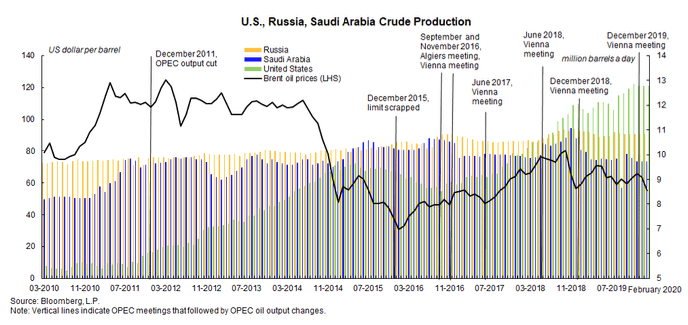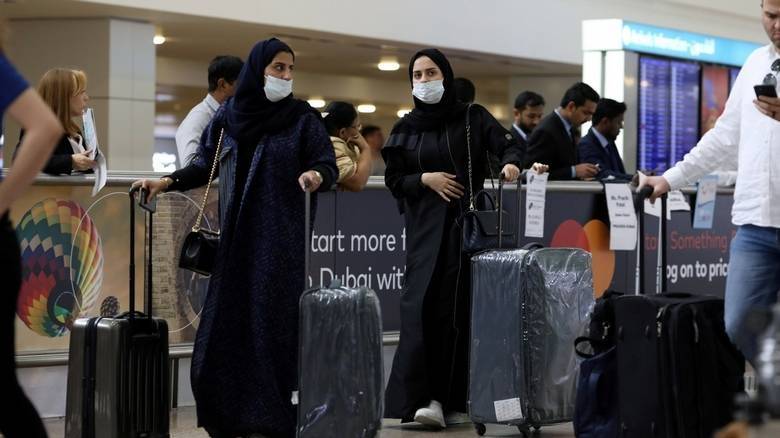The Coronavirus outbreak hit the Middle East at a time when the region is already dealing with its share of burdens and is going through tremendous problems, including sectarian tensions, economic crises, and widespread political unrest. In this series, we’ll be explaining the pandemic’s current effect on our region, starting with the Gulf countries.
The monarchies of the Gulf countries have started applying strict measurements to combat the outbreak. With more than 1,000 confirmed cases of COVID-19, the Gulf countries are totally relying on its healthcare sector, which is actually considered to be among the best and most efficient in the region since it’s free and easily accessed by all citizens.
It’s believed that the monarchies are going to easily contain the outbreak from a healthcare perspective, especially when following strict social distancing measures that they have applied since the beginning of the pandemic.

However, major concerns are still on the table; when looking at communities of foreign laborers, the Gulf authorities are having their own reservations about the implications of COVID-19 on international tourism and various events. Especially the UAE, because, the impact of the crisis is going to threaten its economic stability especially when preparations for Expo 2020 have started in October of 2019 with a high rate of visitors coming in and out of the Emirate at the time, making it ten times harder to contain the virus and stabilize the economy.
The Kingdom of Saudi Arabia also has its own share of concerns; the outbreak might threaten its leadership at the G20. Oman’s economy, on the other hand, is being greatly affected since it’s considered a country that mainly relies on tourism.

Finally, the most important concern falls under the relation between the pandemic and the Gulf’s oil industry. The oil market is very important to the Gulf countries, so when the demand rate fell from countries infected by the virus, especially China, it led Saudi Arabia to cut its agreements with energy producers and its export prices by 10%, according to the New York Times.
The virus is definitely presenting significant challenges in the Middle East, and the measurements to contain it vary from one country to another, but we must stay hopeful that this too shall pass.



